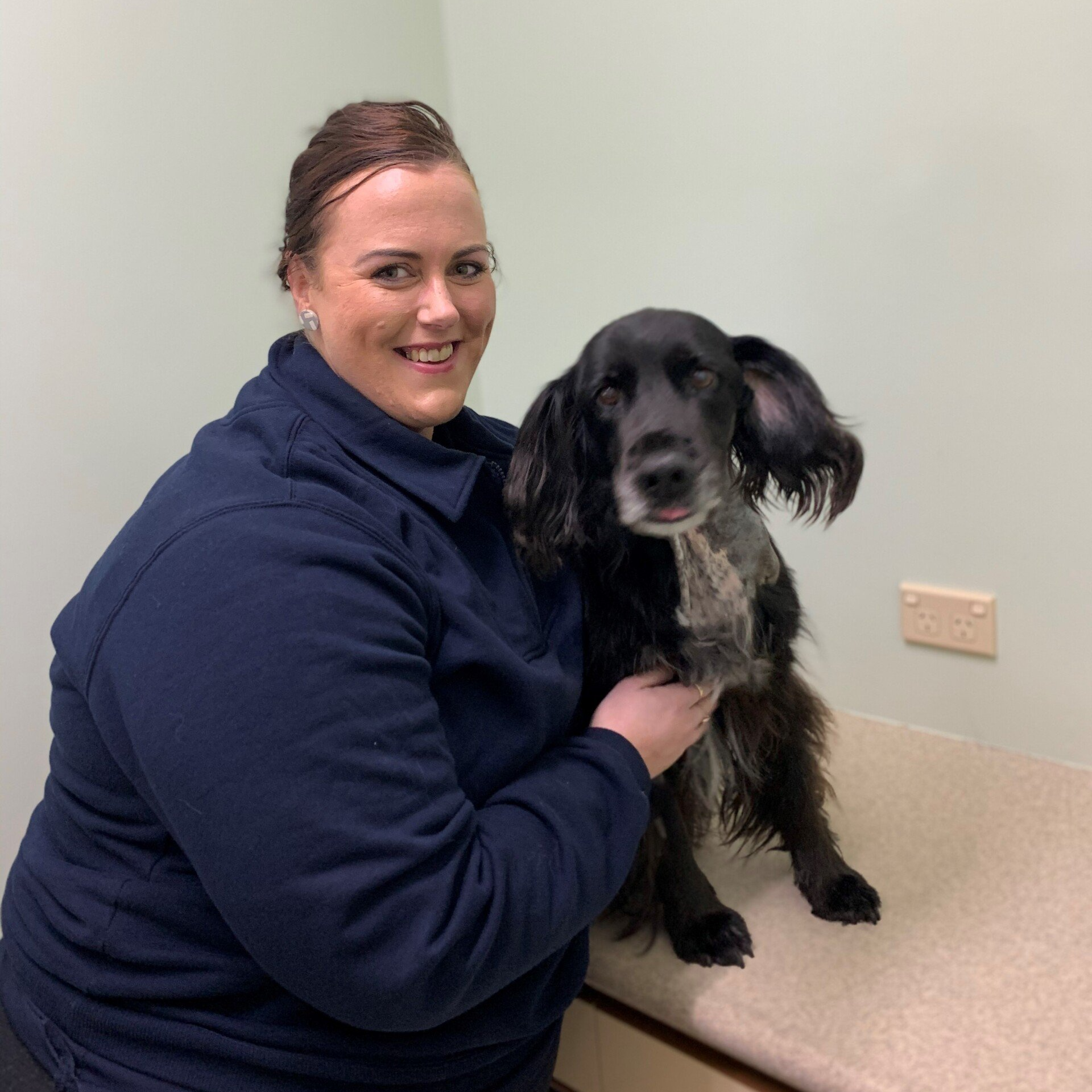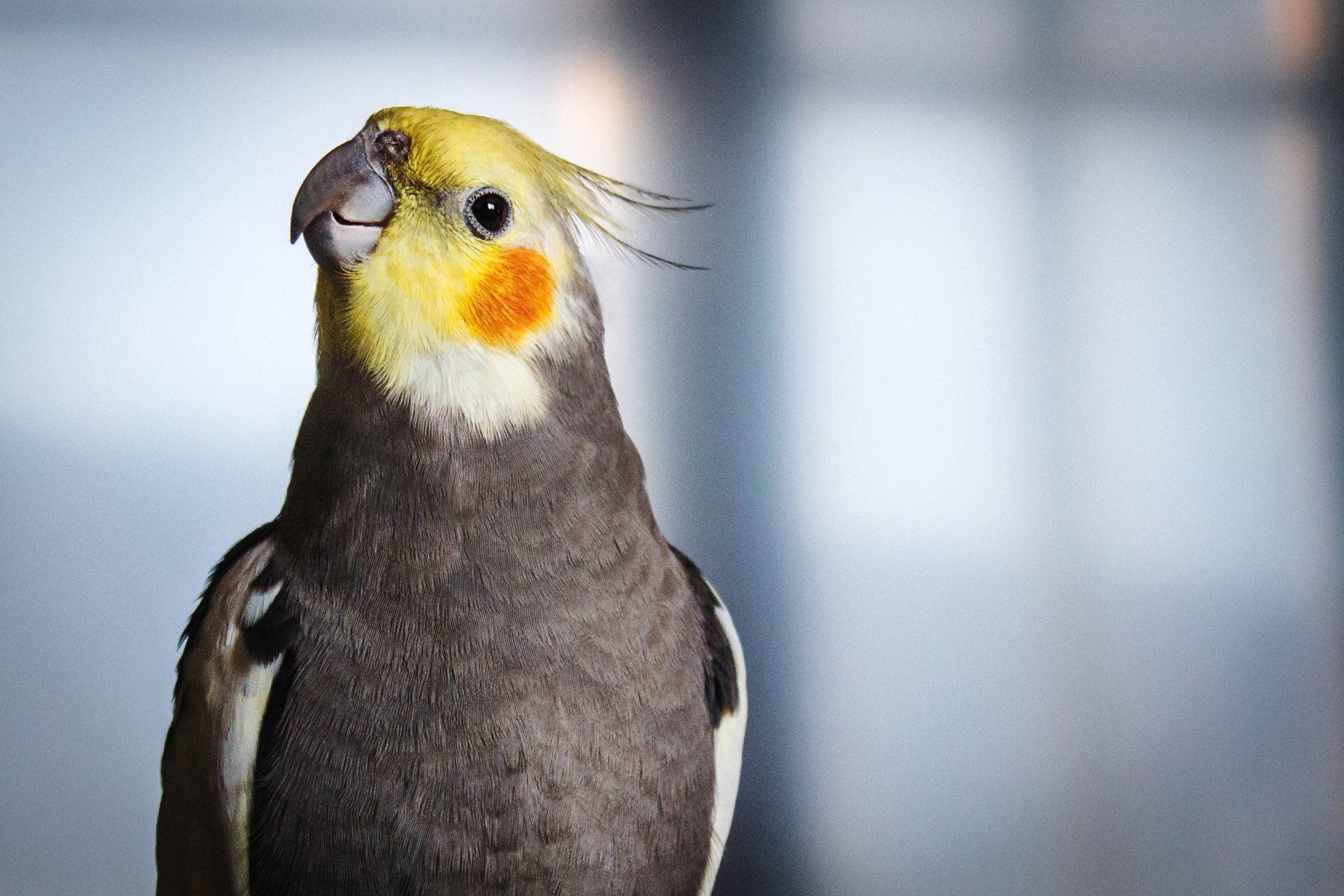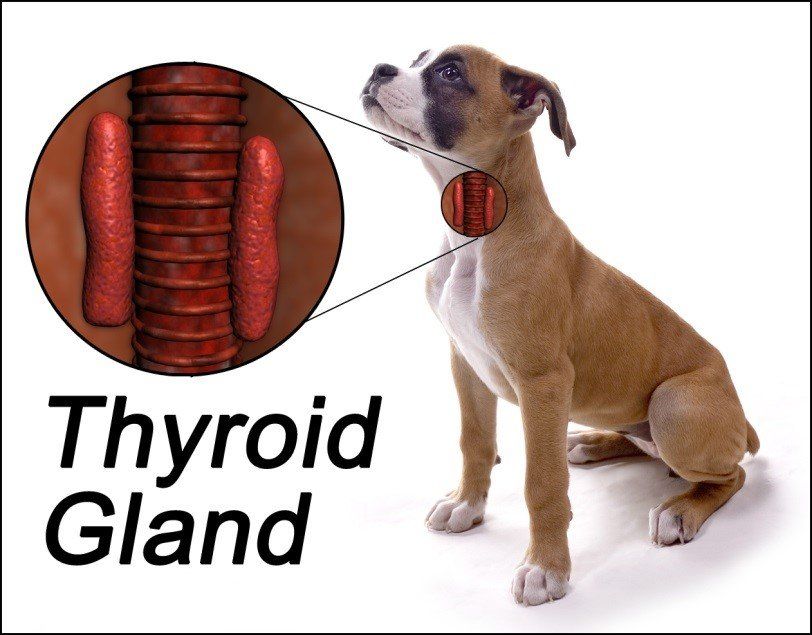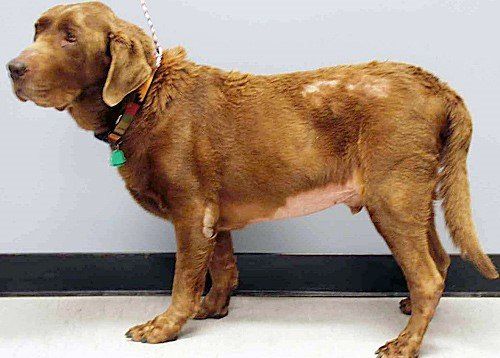Hypothyroidism in Dogs
In dogs, thyroid disease is almost always Hypothyroidism. This is a disorder in which the thyroid glands are under-active and don’t secrete enough thyroid hormone.
Since your dog’s thyroid glands regulate their metabolism, an under-active thyroid generally means the metabolism is slower than it should be and many of the body’s processes are disrupted.
With early intervention and proper care, your hypothyroid dog can have a normal life span and good health.
Causes of Hypothyroidism in Dogs
There are a number of potential causes of hypothyroidism in dogs, and the exact cause cannot always be determined. Most commonly, canine hypothyroidism is immune-mediated. The immune system attempts to destroy the thyroid, often resulting in atrophy of the gland. Some dogs are genetically predisposed to the disease. Certain dog breeds are at a greater risk for hypothyroidism, such as Golden Retrievers, Irish Setters, and Cocker Spaniels.
Hypothyroidism can occur in a dog of any age, but it is most commonly seen in dogs from four to ten years of age, both male and female. In rare cases, hypothyroidism may be congenital, meaning the disease was present at birth.
Hypothyroidism Symptoms in Dogs
Canine hypothyroidism can manifest itself in a variety of ways. Unfortunately, the symptoms can also indicate the presence of other disorders, so be sure to consult your Vet if you notice any signs of illness.
The most common symptoms of hypothyroidism include the following:
- Obesity/weight gain
- Hair loss on the body and tail (rat tail appearance)
- Dull, dry hair coat
- Skin issues, such as infection or flaking
- Otitis (ear infection)
- Lethargy and weakness
- Behavioural changes
One or more of the above symptoms may occur in hypothyroid dogs, but even dogs showing no symptoms can have the disease. You may be able to help detect hypothyroidism before it becomes a serious health problem. Animal’s age at a greater rate and changes can occur in a much shorter time span. It is for this reason, we recommend that your dog should visit your Vet for a wellness exam twice a year.
Treatment of the disease:
A blood test is recommended to check thyroid levels. When treatment is initially started blood tests will be needed every few weeks until the disease is under control with medication. Once the hypothyroidism appears to be regulated, it is usually recommended to check thyroid levels every six months.
Over time, it is normal for your dog's prescribed medication dose to change. When the dosage is adjusted, blood levels will need to be checked to ensure the medication dose is ideal.
Be aware of any changes in your dog's health, appearance or behaviour. Contact your vet if you notice any signs of illness, particularly those signs associated with hypothyroidism.
There is no known cure for this disease. Fortunately, most dogs with hypothyroidism can lead long, healthy lives when the condition is treated and monitored routinely.
















